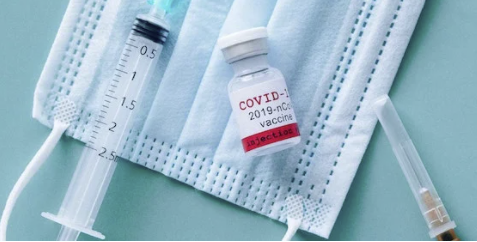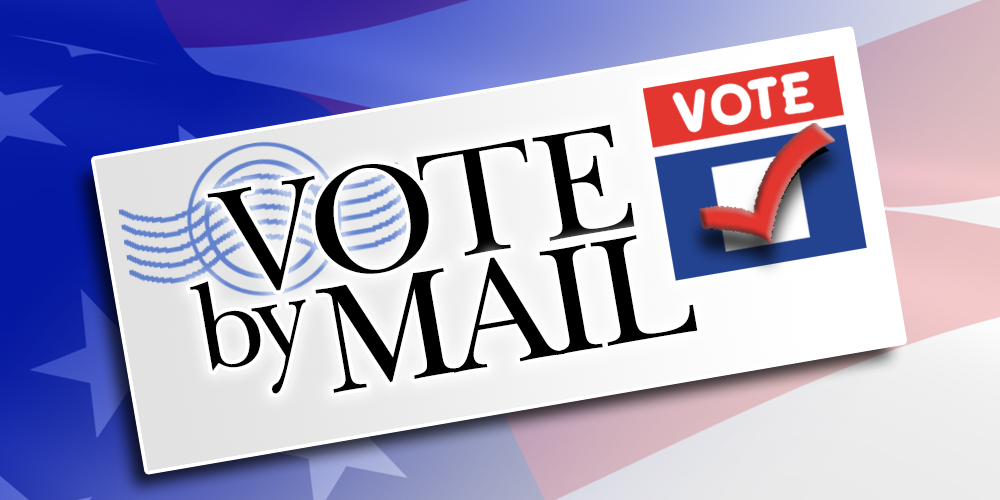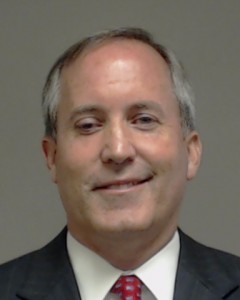PREVIOUSLY
Beto versus Abbott
So last time we saw the numbers for the 2022 Governor’s race. But what numbers need in order to be meaningful is context, and that means other numbers to compare them to. We’re going to do that in a few different ways, and we’ll start with the numbers from the Texas Redistricting Council for these new districts. Specifically, the numbers from 2018 and 2020.
Dist Abbott Beto Cruz Beto
=======================================
HD126 35,835 23,627 38,851 26,028
HD127 39,102 26,791 40,573 28,326
HD128 31,983 13,915 32,586 15,892
HD129 37,118 27,144 38,281 29,112
HD130 44,983 20,891 42,747 20,968
HD131 5,963 25,387 5,628 33,440
HD132 35,079 25,603 32,220 23,431
HD133 33,195 26,971 34,930 30,329
HD134 29,592 51,010 32,114 54,514
HD135 16,443 24,121 16,162 27,762
HD137 7,860 13,421 8,713 19,309
HD138 31,077 25,464 32,754 28,778
HD139 11,643 32,115 11,599 38,842
HD140 5,717 13,400 5,393 19,532
HD141 4,549 20,922 4,459 28,096
HD142 8,666 25,793 8,265 29,705
HD143 8,420 16,047 8,751 23,602
HD144 11,566 14,683 12,511 21,278
HD145 12,631 32,765 12,101 37,672
HD146 8,511 33,610 9,227 40,111
HD147 8,952 37,366 9,575 45,020
HD148 15,451 21,460 16,281 26,815
HD149 12,068 19,844 12,097 27,142
HD150 33,857 23,303 33,084 23,466
Dist Abbott% Beto% Cruz% Beto%
=======================================
HD126 59.37% 39.14% 59.40% 39.80%
HD127 58.50% 40.08% 59.30% 40.00%
HD128 68.66% 29.87% 66.80% 32.60%
HD129 56.80% 41.53% 56.30% 42.80%
HD130 67.29% 31.25% 66.60% 32.70%
HD131 18.78% 79.96% 14.30% 85.20%
HD132 57.06% 41.64% 57.50% 41.80%
HD133 54.41% 44.21% 53.10% 46.10%
HD134 36.16% 62.34% 36.80% 62.40%
HD135 39.97% 58.63% 35.00% 64.40%
HD137 36.32% 62.01% 30.90% 68.40%
HD138 54.09% 44.32% 52.80% 46.40%
HD139 26.25% 72.41% 22.90% 76.50%
HD140 29.36% 68.82% 21.50% 78.00%
HD141 17.61% 80.98% 13.60% 85.80%
HD142 24.79% 73.80% 21.60% 77.80%
HD143 33.86% 64.53% 26.90% 72.50%
HD144 43.34% 55.02% 36.80% 62.50%
HD145 27.31% 70.85% 24.10% 75.00%
HD146 19.95% 78.80% 18.60% 80.70%
HD147 19.04% 79.49% 17.40% 81.90%
HD148 41.18% 57.19% 37.50% 61.70%
HD149 37.31% 61.36% 30.60% 68.70%
HD150 58.34% 40.15% 58.10% 41.20%
Greg Abbott got 490K votes in 2022, whereas Ted Cruz got 498K in 2018. It’s therefore not a surprise that Abbott generally matched Cruz’s vote totals in the districts, with a bit of variation here and there. Beto, meanwhile, got 595K votes in 2022 after getting 700K in 2018, a significant drop. You can clearly see that in the district data. What’s interesting to me is that Beto was pretty close to his 2018 performance for the most part in Republican districts. His dropoff was almost entirely in strong Democratic districts, which accounts for the decrease in vote percentage he got. This is consistent with reports that Republicans had the turnout advantage nationally, due in part to weaker Democratic turnout among Black voters.
You can shrug your shoulders about this or freak out for What It All Means for 2024 as you see fit. I tend to lean towards the former, but I will readily acknowledge that the job of working to get turnout back to where we want it for 2024 starts today. I’ll have more to say about this in future posts as well, but let me open the bidding by saying that the target for Democratic turnout in Harris County in 2024, if we want to make a serious run at winning the state for the Democratic Presidential nominee, is one million Democratic votes; it may actually need to be a little higher than that, but that’s the minimum. It’s doable – Biden got 918K in 2020, after all. Ed Gonzalez got 903K in his re-election for Sheriff. Really, we may need to aim for 1.1 million, in order to win the county by at least 300K votes, which is what I think will be needed to close the statewide gap. Whether we can do that or not I don’t know, but it’s where we need to aim.
I also want to emphasize the “Abbott got more or less the same number of votes in each district as Cruz did” item to push back as needed on any claims about Abbott’s performance among Latino voters. His improvement in percentage is entirely due to Beto getting fewer votes, not him getting more. That’s cold comfort from a big picture perspective for Democrats, and as we saw in 2020 a greater-than-expected share of the lower-propensity Latino voters picked Trump, so we’re hardly in the clear for 2024. All I’m saying is that claims about Abbott improving his standing with Latino voters need to be examined skeptically. Remember that if we compared Abbott to Abbott instead of Beto to Beto, he got 559K votes in 2018, so he dropped off quite a bit as well. He got fewer votes in each of the Latino districts in 2022 than he did in 2018:
HD140 – Abbott 6,466 in 2018, 5,717 in 2022
HD143 – Abbott 10,180 in 2018, 8,420 in 2022
HD144 – Abbott 13,996 in 2018, 11,566 in 2022
HD145 – Abbott 15,227 in 2018, 12,631 in 2022
HD148 – Abbott 18,438 in 2018, 15,541 in 2022
So yeah, perspective. I suppose I could have done the Governor-to-Governor comparison instead, but I was more interested in Beto’s performance, so that’s the route I took. Beto would look better from a percentage viewpoint if I had done it that way. There’s always more than one way to do it.
One last thing on turnout: In 2014, Wendy Davis led the Democratic ticket with 320K votes in Harris County. Beto was at over 401K even before Election Day. His total is almost twice what Davis got. We can certainly talk about 2022 being “low turnout”, but we’re in a completely different context now.
Dist Abbott Beto Trump Biden
=======================================
HD126 35,835 23,627 50,023 35,306
HD127 39,102 26,791 53,148 38,332
HD128 31,983 13,915 46,237 21,742
HD129 37,118 27,144 51,219 38,399
HD130 44,983 20,891 58,867 29,693
HD131 5,963 25,387 10,413 42,460
HD132 35,079 25,603 46,484 35,876
HD133 33,195 26,971 42,076 40,475
HD134 29,592 51,010 38,704 66,968
HD135 16,443 24,121 26,190 40,587
HD137 7,860 13,421 12,652 24,885
HD138 31,077 25,464 42,002 37,617
HD139 11,643 32,115 17,014 49,888
HD140 5,717 13,400 10,760 24,045
HD141 4,549 20,922 8,070 38,440
HD142 8,666 25,793 13,837 41,332
HD143 8,420 16,047 15,472 28,364
HD144 11,566 14,683 20,141 25,928
HD145 12,631 32,765 18,390 45,610
HD146 8,511 33,610 12,408 51,984
HD147 8,952 37,366 14,971 55,602
HD148 15,451 21,460 24,087 34,605
HD149 12,068 19,844 21,676 35,904
HD150 33,857 23,303 45,789 34,151
Dist Abbott% Beto% Trump% Biden%
=======================================
HD126 59.37% 39.14% 57.80% 40.80%
HD127 58.50% 40.08% 57.30% 41.30%
HD128 68.66% 29.87% 67.10% 31.60%
HD129 56.80% 41.53% 56.20% 42.20%
HD130 67.29% 31.25% 65.50% 33.00%
HD131 18.78% 79.96% 19.50% 79.60%
HD132 57.06% 41.64% 55.60% 42.90%
HD133 54.41% 44.21% 50.30% 48.40%
HD134 36.16% 62.34% 36.10% 62.50%
HD135 39.97% 58.63% 38.70% 59.90%
HD137 36.32% 62.01% 33.20% 65.40%
HD138 54.09% 44.32% 52.00% 46.60%
HD139 26.25% 72.41% 25.10% 73.70%
HD140 29.36% 68.82% 30.60% 68.30%
HD141 17.61% 80.98% 17.20% 81.80%
HD142 24.79% 73.80% 24.80% 74.10%
HD143 33.86% 64.53% 34.90% 64.00%
HD144 43.34% 55.02% 43.20% 55.60%
HD145 27.31% 70.85% 28.30% 70.10%
HD146 19.95% 78.80% 19.00% 79.80%
HD147 19.04% 79.49% 20.90% 77.60%
HD148 41.18% 57.19% 40.50% 58.10%
HD149 37.31% 61.36% 37.20% 61.70%
HD150 58.34% 40.15% 56.50% 42.10%
Obviously, the vote totals don’t compare – over 1.6 million people voted in 2020, a half million more than this year. But for the most part, Beto was within about a point of Biden’s percentage, and even did better in a couple of districts. Abbott did best in the Republican districts compared to Trump. As we’ll see when we look at the other statewide races, Abbott (and Dan Patrick and Ken Paxton) was one of the lower performers overall among Republicans, as was the case for Trump in 2020, but maybe there were slightly fewer Republican defectors this year.
It will take an improvement on the 2020 Biden and 2018 Beto numbers for Dems to put any State Rep districts into play, with HD138 being the first in line; remember that HD133 was a bit of an outlier, with a lot of Republican crossovers for Biden. Incumbency has its advantages, and as we have seen Dem performance can be a lot more variable downballot than at the top, especially when the top has the most divisive Republicans, so it will take more than just (say) Biden getting 50.1% in HD138 for Rep. Lacy Hull to really be in danger. It’s more that this will be another incentive to really work on boosting overall turnout. Having a good candidate in place, which I think Stephanie Morales was this year, and making sure that person has the financial and logistical support they need (which she didn’t have) will be key.
I’ll have more to say as we go along. Please let me know what you think and ask any questions you may have.

















